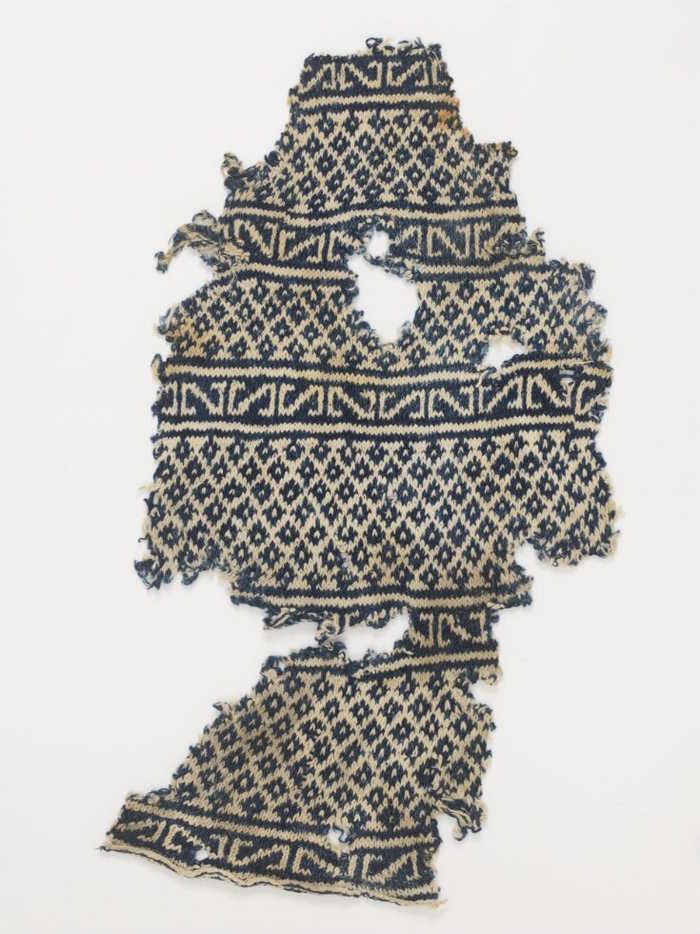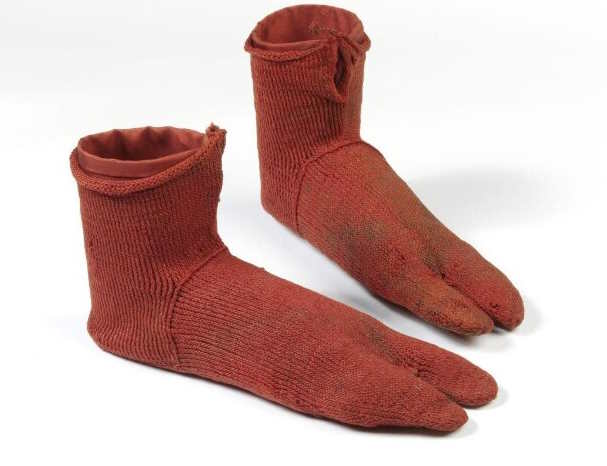- Home
- History of Knitting
History of Knitting: From Medieval Times to Modern-Day
By Janice Jones | Updated December 2025
Knitting is far more than a relaxing hobby, it is an ancient craft with deep cultural, economic, and artistic roots. For centuries, knitting provided warmth, income, and even political symbolism, long before it became the creative pastime we enjoy today.
In this guide, we’ll explore the true history of knitting, from its earliest archaeological evidence to its role in medieval Europe, the Industrial Revolution, wartime efforts, and its modern revival as both art and therapy.
Knitting History at a Glance
Knitting History Timeline
| Era | Key Developments |
|---|---|
| Before 500 AD | Nålebinding used to create socks, hats, and gloves |
| 500–1200 AD | Early true knitting develops in Egypt and the Middle East |
| 1300s | Knitting spreads through Europe; Knitting Madonnas appear |
| 1500s | Knitting guilds form; purl stitch and stockings gain popularity |
| 1589 | William Lee invents the knitting frame |
| 1700s–1800s | Knitting becomes domestic and commercial during Industrial Revolution |
| 1914–1945 | Knitting supports wartime efforts in WWI and WWII |
| Late 20th Century | Decline due to mass-produced clothing |
| 21st Century | Revival through slow living, wellness, and online communities |
What Is Knitting? (And What It Is Not)
Knitting is a textile technique that creates fabric by forming interlocking loops of yarn, typically using two or more needles. Unlike weaving, which uses a loom, knitting builds fabric sequentially, loop by loop allowing for stretch, elasticity, and complex shaping.
However, many early textile finds once believed to be knitting were later identified as nålebinding (also called nalbinding).
Knitting vs. Nålebinding
- Nålebinding predates knitting by thousands of years
- It uses a single needle and short lengths of yarn
- Fabric is created through knotting, not looping
- The result is dense, durable, and non-raveling
True knitting, that is, using continuous yarn and looped stitches, appeared much later.
The Origins of Knitting - When Was Knitting Invented?
The exact origin of knitting remains uncertain, mainly because early textiles were made from natural fibers that decompose over time. However, most historians agree that true knitting likely emerged between 500 and 1200 AD.
Textile historian Richard Rutt, author of A History of Hand Knitting, argued that knitting originated in Egypt, where the earliest confirmed knitted objects have been found.
Earliest Archaeological Evidence
- Knitted socks dated to 11th–13th century Egypt
- Often made using two-color stranded knitting
- Designed with separated toes to be worn with sandals
These socks provide the first indisputable proof of true knitting.
Pre-Knitting Techniques: The Role of Nålebinding
Before knitting existed, people across Europe, the Middle East, and Scandinavia relied on nålebinding to create warm garments.
Notable examples include:
- Coptic socks from 4th–5th century Egypt
- Scandinavian mittens and hats from the early medieval period
While effective, nålebinding was time-consuming and required advanced skill, making knitting a revolutionary improvement when it emerged.
Knitting in Medieval Europe
Knitting spread into Europe through Mediterranean trade routes, particularly via Islamic Spain. Spanish royal households employed skilled Muslim knitters to produce highly refined garments.
Knitting and the Church
- Used for liturgical garments
- Gloves, cushion covers, and decorative textiles were placed in tombs
- Knitting became associated with craftsmanship and prestige
The Knitting Madonnas
Paintings from the 14th–15th centuries depict the Virgin Mary knitting—often using double-pointed needles, indicating early knitting-in-the-round techniques.
Although symbolic rather than documentary, these images confirm:
- Knitting was established by the 1300s
- Women were central to the craft
- Circular knitting was already practiced
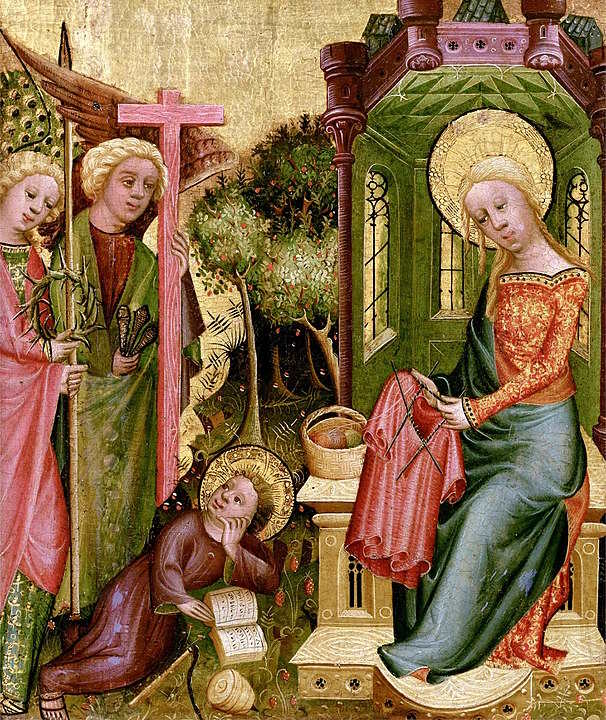 Madonna Knitting, by Bertram of Minden 1400-1410 via Wikipedia
Madonna Knitting, by Bertram of Minden 1400-1410 via WikipediaKnitting Guilds and the Rise of Professional Knitters
By the 15th and 16th centuries, knitting had become a respected trade in Europe.Key Developments
- Formation of knitting guilds, especially for stockings
- The invention of the purl stitch enabled smoother fabrics
- Knitted stockings became a significant fashion trend
King Henry VIII and Queen Elizabeth I both helped popularize knitted garments, particularly silk stockings.
The Invention of the Knitting Machine
In 1589, English clergyman William Lee invented the first mechanical knitting frame.
Although initially rejected by the crown, the invention:
- Laid the foundation for industrial knitting
- Revolutionized textile production
- Made knitted goods more affordable and widely available
This marked the beginning of knitting’s transformation from handicraft to industry.
Knitting in the 18th and 19th Centuries
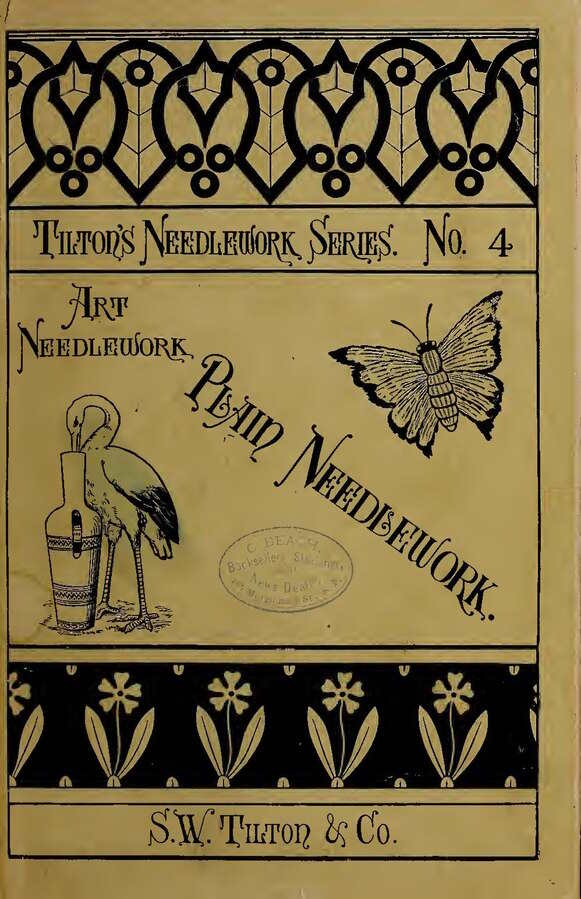 By the 1800s, books were published with patterns and instructions for creating knitted objects. The instructions written then would be very difficult for modern knitters to follow.
By the 1800s, books were published with patterns and instructions for creating knitted objects. The instructions written then would be very difficult for modern knitters to follow.Knitting in the 18th and 19th Centuries
During this period, knitting became both:
- A domestic necessity
- A social activity
Knitting in America
- Colonial families knitted garments to boycott British imports
- Knitting became an act of political independence
- Figures like Martha Washington encouraged knitting for troops
Instructional knitting books began appearing, though early patterns were often challenging to follow by modern standards.
Knitting During World Wars I and II
Knitting took on patriotic significance during both World Wars.
Both Women and children knitted:
- Socks
- Scarves
- Gloves
- Blankets
Knitting was promoted through posters and campaigns, symbolizing national support and resilience.
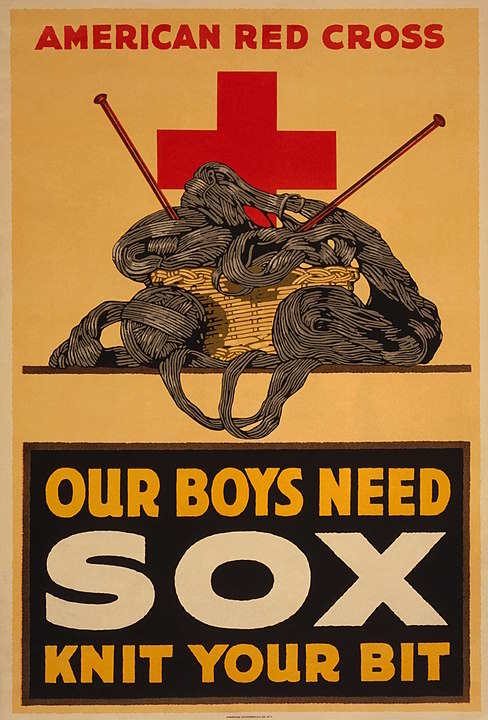 N.Y. : American Lithographic Co., [between 1914 and 1918], Public domain, via Wikimedia Commons
N.Y. : American Lithographic Co., [between 1914 and 1918], Public domain, via Wikimedia CommonsThe Rise of Knitting as a Leisure Craft (20th Century)
After World War II, knitting transitioned from necessity to hobby.
Cultural Shifts
- 1920s–30s: Sportswear and fashion knitting
- Great Depression: Hand knitting as economic survival
- 1950s–70s: Peak popularity
- 1980s: Decline due to mass-produced clothing
Despite fluctuations, knitting never disappeared.
Knitting in Modern Times
Today, knitting has experienced a global revival.
Why Knitting Is Thriving Again
- Increased interest in slow living
- Mental health benefits
- Sustainability and handmade fashion
- Online communities and social media
Knitting is now used for:
- Art installations
- Sculptural work
- Fashion design
- Therapeutic practices
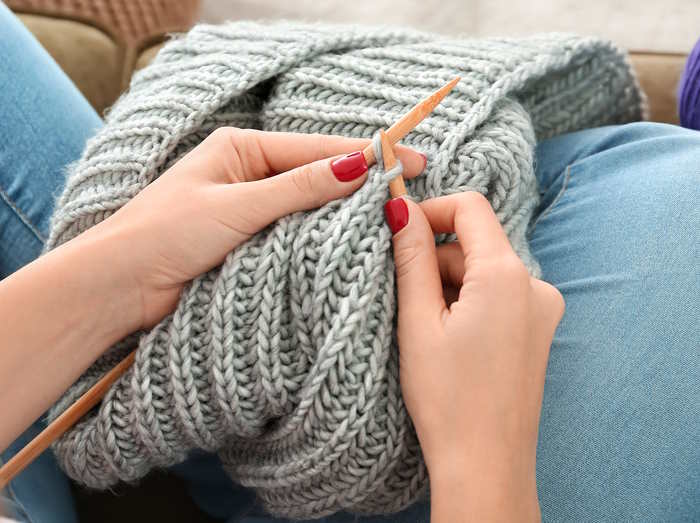 History of Knitting in Modern Times
History of Knitting in Modern TimesFamous Knitters Throughout History
Notable knitters include:
- Queen Victoria
- Beatrix Potter
- Kaffe Fassett
- Modern celebrities such as Julia Roberts
Their influence helped keep knitting culturally relevant across generations.
Why the History of Knitting Still Matters
Understanding the history of knitting connects us to:
- Our ancestors
- Traditional skills passed through generations
- The cultural importance of handmade work
Every stitch today is part of a story thousands of years old.
So when you pick up your needles, whether to knit socks, shawls, or sweaters, you’re contributing to the living history of this remarkable craft.
Frequently Asked Questions About the History of Knitting
When was knitting invented?
True knitting is believed to have originated between 500 and 1200 AD. The earliest confirmed knitted objects are socks found in Egypt dating to the 11th–13th centuries.
What is the oldest known knitted item?
The oldest known knitted items are wool socks discovered in Egypt. These socks feature complex colorwork and a split toe designed to be worn with sandals.
Is knitting older than crochet?
Yes. Knitting predates crochet by several centuries. Crochet did not appear in its modern form until the 19th century, while knitting was already well established in medieval Europe.
What came before knitting?
Before knitting, people used a technique called nålebinding. This older method uses a single needle and knotting rather than loops, and it predates knitting by thousands of years.
Why was knitting important in history?
Knitting provided warmth, income, and independence. It played a key role during wars, economic hardship, and daily life long before manufactured clothing was widely available.
Why is knitting popular again today?
Knitting has regained popularity due to interest in slow living, mental health benefits, sustainability, and the growth of online knitting communities.
Conclusion: Why the History of Knitting Still Matters
The history of knitting is a story of innovation, survival, and creativity. From its early origins in Egypt and the Middle East to its spread through medieval Europe and beyond, knitting evolved alongside human needs and culture. What began as a practical way to create clothing became a vital skill, an economic trade, and eventually a form of personal and artistic expression.
Throughout history, knitting has provided warmth in harsh climates, supported families through economic hardship, and united communities during times of war. Today, it continues to thrive not out of necessity, but because it offers calm, connection, and creativity in an increasingly fast-paced world.
When you knit, you are not just making fabric; you are participating in a living tradition that spans centuries. Each stitch connects modern makers to the generations who came before, proving that knitting is not just a craft of the past, but a skill that continues to evolve and endure.
Key Takeaways: History of Knitting
- True knitting likely originated between 500 and 1200 AD, with the earliest evidence found in Egypt.
- Before knitting, people used nålebinding, an older textile technique that predates knitting by thousands of years.
- Knitting spread through Europe in the Middle Ages and became an organized trade through knitting guilds.
- The invention of the knitting machine in 1589 transformed knitting into an industrial process.
- Knitting played an essential role during wars and economic hardship by providing clothing and income.
- In modern times, knitting has experienced a revival driven by slow living, wellness, and creative expression.
History of Knitting: Pin for Future Reference
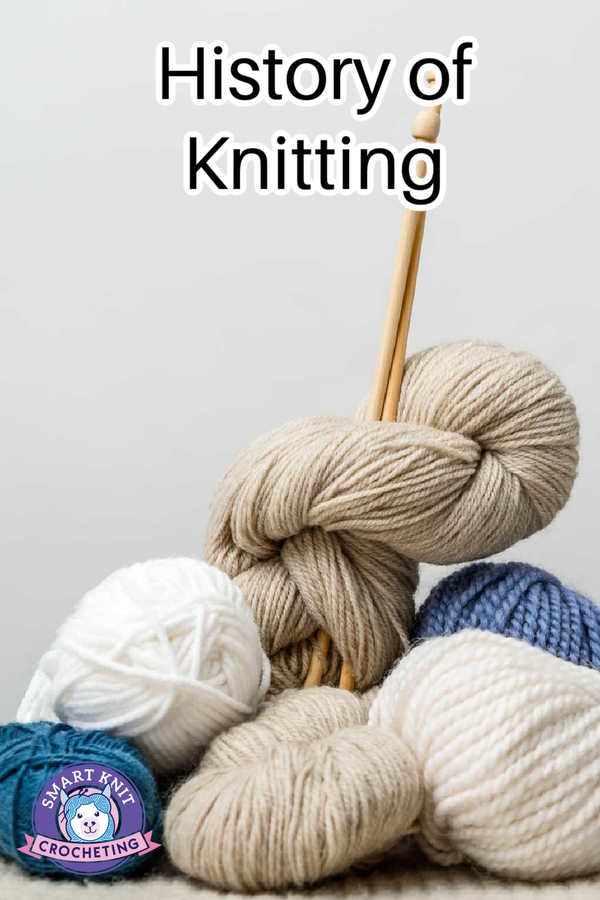
References Used for History of Knitting
https://www.makersmercantile.com/history-of-knitting-a-resource-guide.htm
https://en.wikipedia.org/wiki/History_of_knitting
